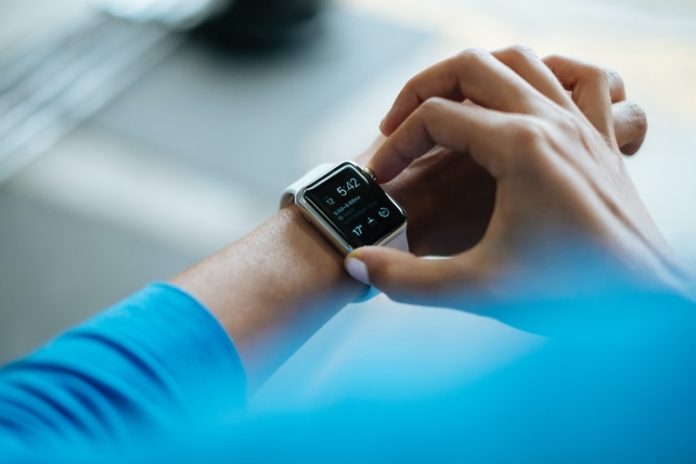In recent years, digital mobile payments have been adopted by a wide range of businesses in myriad industries. Changes in consumer spending behavior have arisen with access to new technologies to match modern standards of living.
Payments through mobile devices make purchases safer and easier, and these technologies have been given a major push by the fintech and e-commerce sectors. Wearable payment devices in particular have created a rapidly growing niche in the payments industry.
Advancements in wearable technologies
Wearables are not very commonly used in payment applications, with most such devices finding roles in the health and fitness sector. However, manufacturers are increasingly investing in offerings such as smartwatches to allow people to conduct payments through simple gestures. New wearables can provide similar functionality as smartphones.
Also, wearables are considered to be better in terms of security, with a lower margin for errors. Users can connect their debit and credit cards to wearables, and use these devices exclusively for payments. With the onset of the Covid-19 pandemic, digital payments have made major strides into the market with cash transactions seeing a notable drop.
Wearables offer consumers with better access to convenient payment options. Also, the incorporation of facial and fingerprint recognition biometrics on Android and iOS platforms is gaining the interest of players in the financial sector.
Europe and East Asia has witnessed pilot test programs for iris scanner and facial recognition payment technologies, which can eliminate the need for traditional security measures such as PIN numbers or passwords. Wearable platforms in particular will prove ideal for the implementation of these advances.
In early 2021, DIGISEQ unveiled a breakthrough technology for wearables called Rapid Contactless Personalization for Android and iOS devices including secure tokenization and payment data, leveraging the advances in IOT and the increased adoption of contactless technologies during the pandemic.
Risk of fraud is a key challenge
Wearables have access to a vast amount of personal and financial data, with information being passed between devices, the cloud, and while investments into data security continue to rise, personal and enterprise data remains at risk.
As new wearables are optimized for ease of use and improved productivity, security standards may now be able to keep up with real-world requirements. Extensive efforts towards device security is required to minimize the risk of damage to finances and reputation of the manufacturers.
While a few wearable devices access information from the cloud, most continue to operate with compatible mobile devices such as smartphones. The rising incidence of mobile device fraud, means that manufacturers will have to pay attention to the unique risks that are associated with these products.
Also, consumers often unknowingly turn over personal information, lured in by the promise of convenience or cost savings. With the exponential rise of banking apps, online shopping, and location-based apps, new opportunities have arisen for fraudsters to exploit the vulnerabilities of wearables for high value personal information.
Transition to wearables is slowing down prospects
As tech companies incorporate notable changes to their offerings, end user retailers and banking organizations, struggle to keep up. The costs and efforts required for such transition slows down the adoption of wearables in the finance sector. Outdated POS systems will remain a matter of concern in the near future.
Alternatively cross platform applications remain key to sustain consumer interest. Also, wearable technologies do not provide consumers with significant advantages over alternatives such as credit cards and debit cards, which already provide users with contactless transaction facilities.
Some of the prominent players who have taken steps to promote wearables for payments include Disney, Lyle & Scott, Visa, Apple, Samsung, Sony, Alibaba, and Mastercard. Aside from promotional efforts to build user awareness, strategic collaborations with tech and hardware providers to leverage previously unexplored applications is likely to hold the interest of manufacturers and service providers for the foreseeable future.
These trends are likely to have a significant impact on payments through wearables in the years ahead. Growing awareness about digital currencies, cross-border payments, and digital wallets will generate lucrative opportunities in the near future. Players operating in the international transaction space will invest in competitive payment solutions to leverage new potential revenue streams for banking organizations and other payment service providers.





















